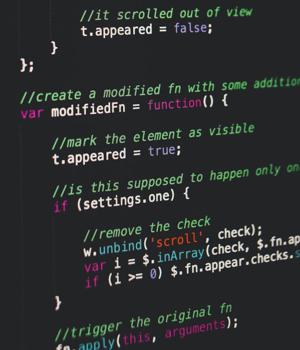Security News > 2021 > October > About 26% of all malicious JavaScript threats are obfuscated

Obfuscation is when easy-to-understand source code is converted into a hard to understand and confusing code that still operates as intended.
Obfuscation can be achieved through various means like the injection of unused code into a script, the splitting and concatenating of the code, or the use of hexadecimal patterns and tricky overlaps with function and variable naming.
Most of these obfuscated samples appear to have similar code because they were bundled by the same packers, so their code structure looks similar even if the function is different.
Akamai plans to present more details about how they are focusing their detection efforts on the packing techniques instead of the file code itself in the upcoming SecTor conference.
Websites are trying to conceal some of their client-side code functionality from competitors.
Detecting malicious code based on the fact that is obfuscated isn't enough on its own, and further correlation with malicious functionality needs to be made.